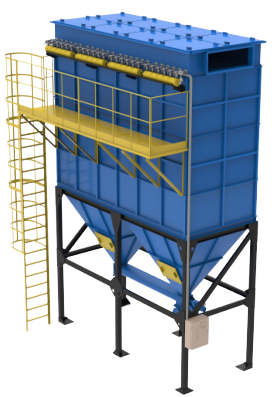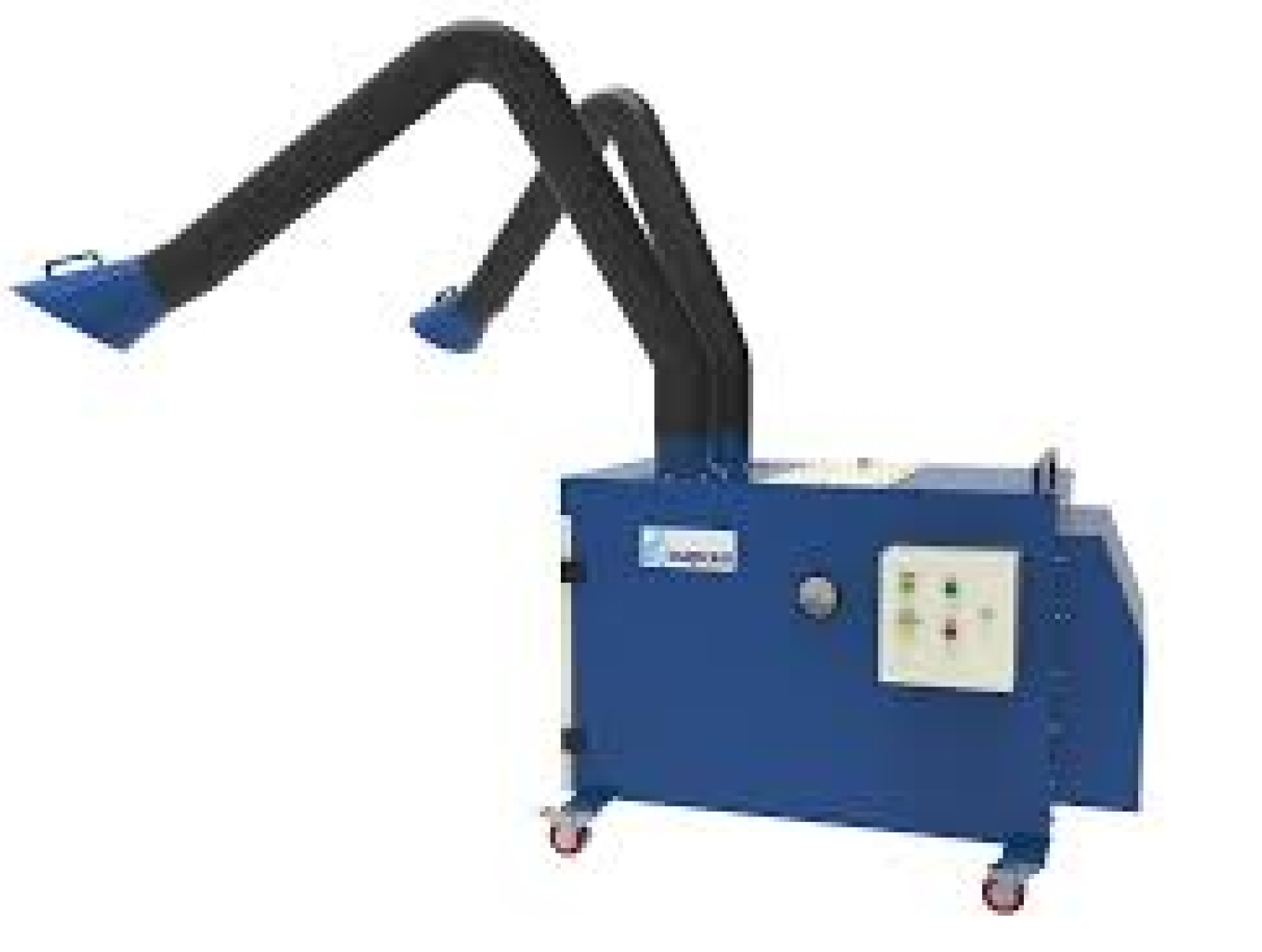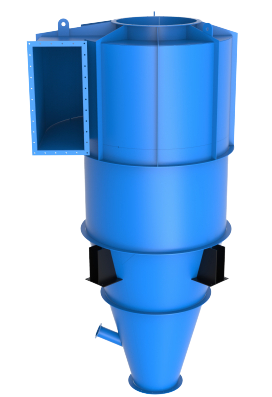Air pollution control systems refer to various technologies and methods that are used to reduce or eliminate harmful pollutants from the air. These systems can be used in a variety of settings, including industrial facilities, power plants, transportation systems, and residential buildings. One common type of air pollution control system is the use of filters, which are designed to capture and remove particles and other contaminants from the air. These filters can be made from a variety of materials, including activated carbon, fiberglass, and mesh screens, and can be designed to capture particles of different sizes and types.
Another common type of air pollution control system is the use of scrubbers, which are devices that use chemical reactions to remove pollutants from the air. Scrubbers are often used in industrial settings where large amounts of pollutants are generated, such as power plants and manufacturing facilities. Other air pollution control systems include catalytic converters, which are used in automobiles to reduce emissions, and electrostatic precipitators, which use electrical charges to remove particles from the air. Overall, air pollution control systems play an important role in protecting the environment and public health by reducing the amount of harmful pollutants that are released into the air.



